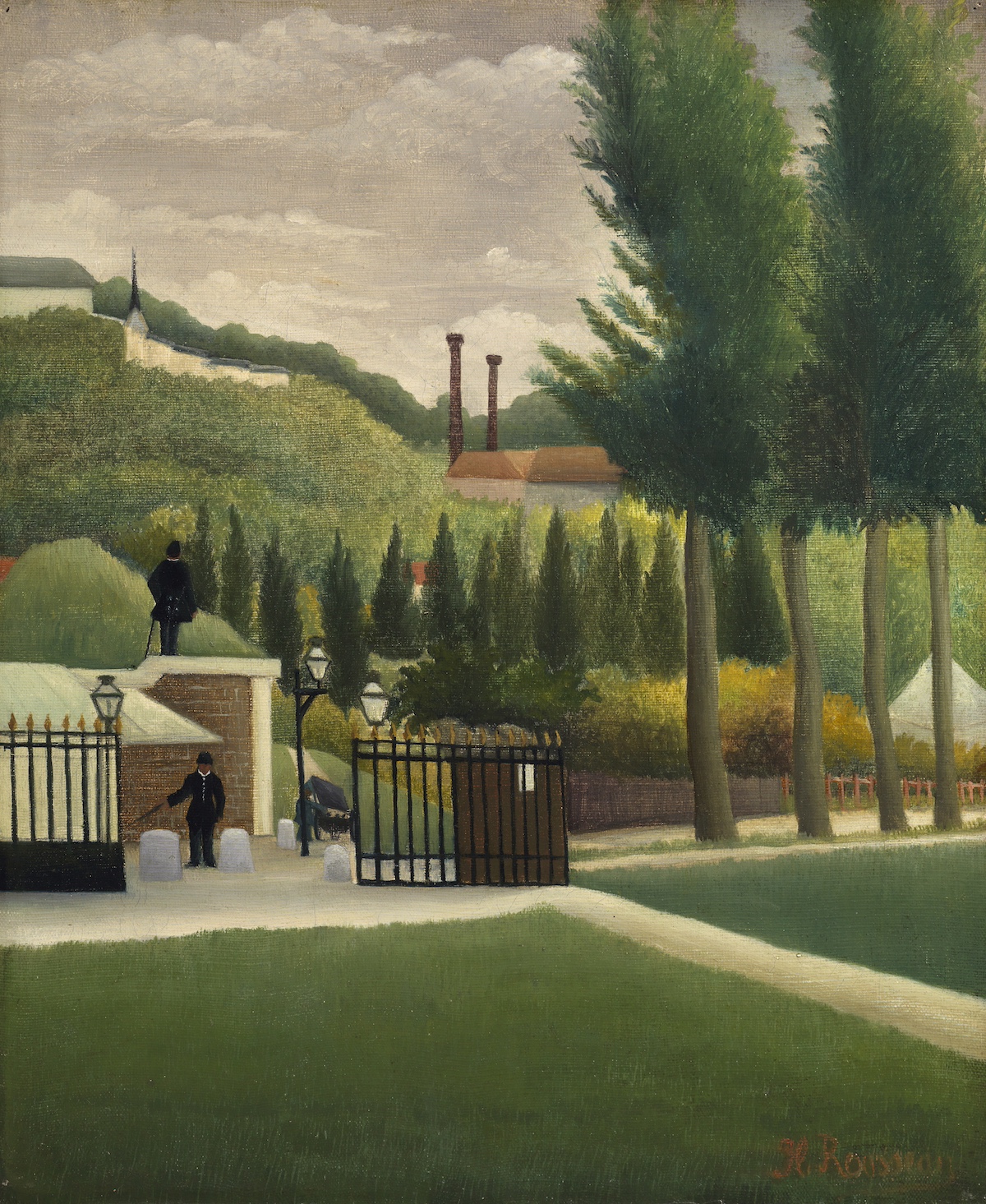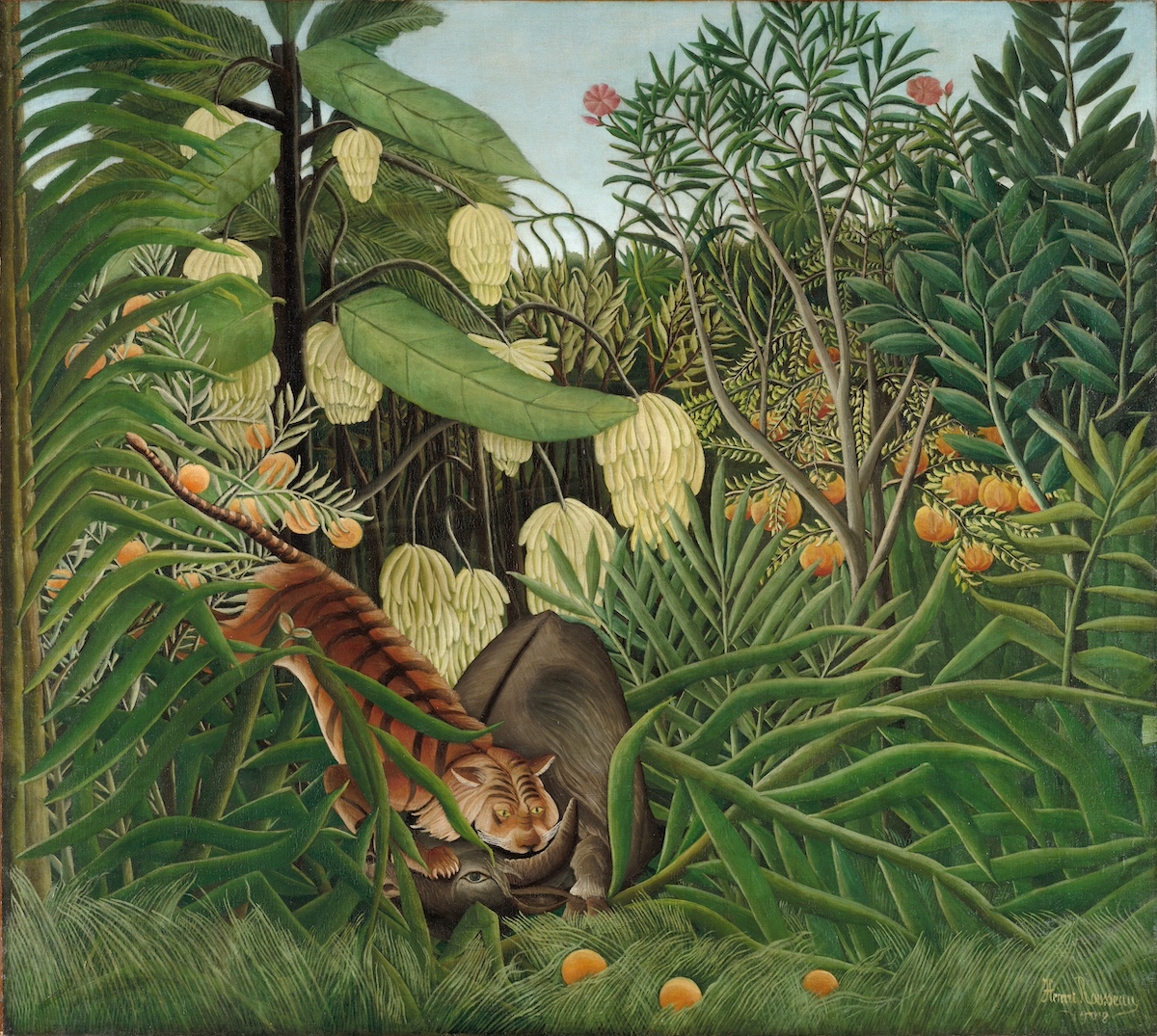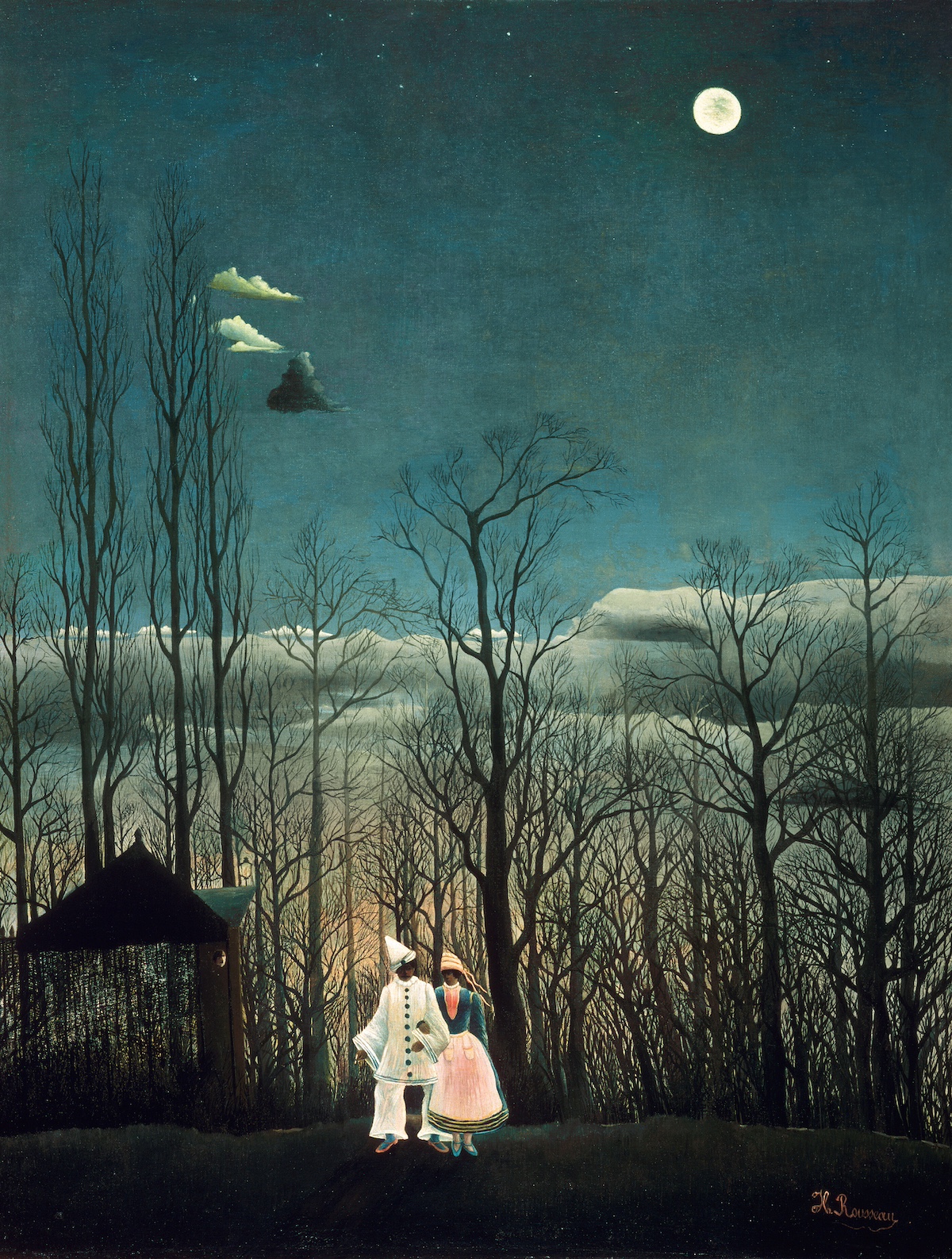For those drawn to the mysterious and magnetic allure of early modern art, the Barnes Foundation’s new exhibition, Henri Rousseau: A Painter’s Secrets, is a rare revelation. Running from October 19, 2025, through February 22, 2026, this ambitious presentation brings together 60 works by Henri Rousseau—many of which have not been seen together for over a century—in what is now the largest U.S. exhibition of the artist’s work since 2006. With co-curation from Professor Christopher Green and the Barnes Foundation’s Nancy Ireson, and in collaboration with the Musée de l’Orangerie in Paris, the exhibition is both a visual triumph and an intellectual deep dive into the life and techniques of one of modernism’s most enigmatic figures.
Henri Rousseau: A Painter’s Secrets unites the world’s two largest Rousseau collections for the first time—those of the Barnes and the Orangerie. Among the extraordinary highlights are three major works displayed together for the first time in history: “The Sleeping Gypsy” (1897, MoMA), “Unpleasant Surprise” (1899–1901, Barnes), and “The Snake Charmer” (1907, Musée d’Orsay). Even Rousseau himself never saw this trinity united. These masterworks serve as the exhibition’s core, surrounded by portraits, still lifes, and jungle fantasies that blur the lines between realism and dreamlike imagination.

What makes Henri Rousseau: A Painter’s Secrets especially compelling is the foundation of conservation research it’s built upon. Between 2021 and 2024, a rigorous study of Rousseau’s paintings at the Barnes revealed reworked compositions, previously unknown underlying images, and revised datings—offering new insight into his process and intent. The show strips away the myth of Rousseau as a naive outsider, instead painting a portrait of a self-aware, technically innovative artist who deliberately crafted both his art and his legend.
Henri Rousseau: Beyond the Jungle and Into the Artist’s Mind
Born in 1844, Henri Rousseau began his painting career in earnest after retiring from civil service in his early 50s. While he was long labeled a self-taught dreamer by critics, this exhibit reveals an artist who was not only deeply engaged with the world around him but acutely aware of the commercial and artistic landscape of his time. He painted with a calculated understanding of audience, often revising works to make them more marketable or intriguing.
The exhibition’s thematic sections—like “Capturing Community” and “Playing to the Crowd”—highlight Rousseau’s dual artistic persona. One section delves into his portraits of neighbors and civil servants, capturing the local Parisian life that grounded him. Another immerses visitors in his exotic jungle visions, imagined entirely from the botanical gardens and museums of Paris, yet infused with drama and theatricality. These thematic groupings, reinforced by insightful catalogue essays, invite viewers to reassess the complexity of Rousseau’s motivations and aesthetic choices.

Notable works like “The Past and the Present”, or “Philosophical Thought” (1899) and “Scouts Attacked by a Tiger” (1904) expose the layers within his “portrait-landscapes”—a genre Rousseau named himself. These compositions combine narrative, symbolism, and fantasy in ways that presage surrealism. The exhibition also shines a light on Rousseau’s contradictions: a man who dabbled in spiritualism, committed fraud, and yet earned the admiration of avant-garde giants like Picasso.
Henri Rousseau: A Painter’s Secrets is a reframing of Rousseau’s place in modern art. For the Barnes Foundation, it marks the first time works from their Rousseau holdings will travel, with the show set to move to the Musée de l’Orangerie in 2026. This exchange fosters global dialogue while reaffirming the Barnes’s commitment to education, conservation, and art historical discovery.

Discover more from artsXhibit
Subscribe to get the latest posts sent to your email.

